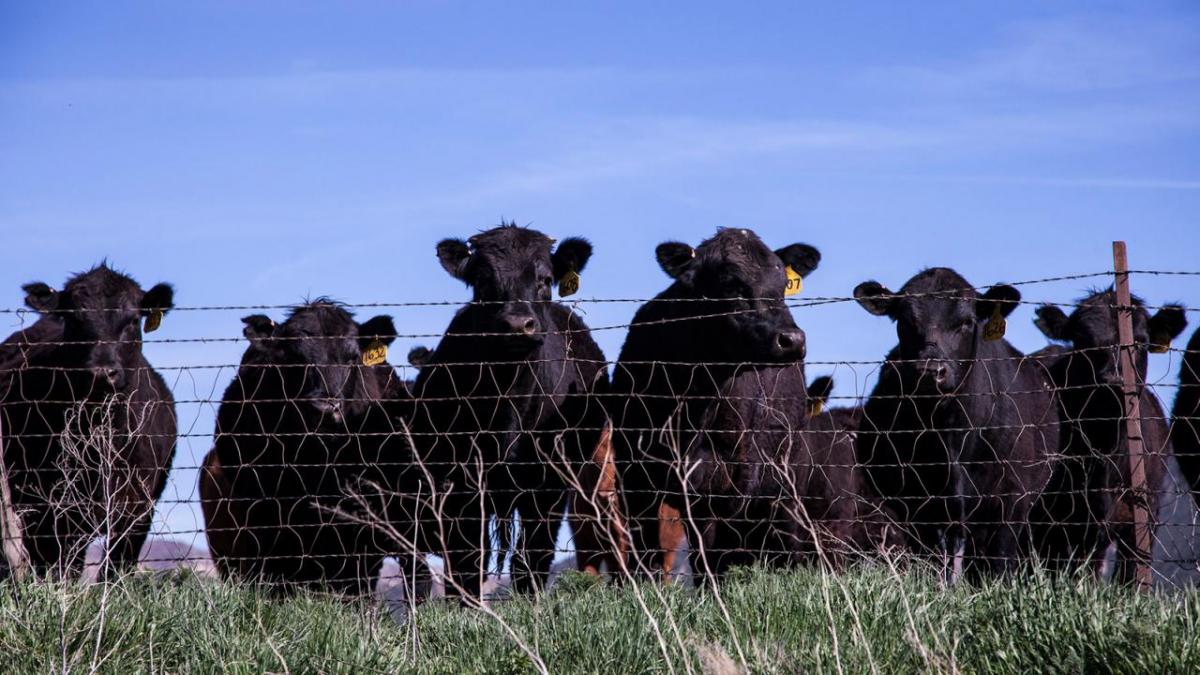This article was first published by In the Cattle Markets.
The cattle markets have been through a wild ride this week. Both the Tyson packing plant fire and USDA crop report has dominated market activity, commentary, and analysis. The news has caused downward pressure, in some cases limit down, on both fed and feeder cattle prices. This news is important, time sensitive, and will have both short- and long-run implications throughout the beef supply chain. However, even given this news the market’s reaction should be interpreted in the context of the macro economy the cattle market was already operating in.
Trade disruptions and greater uncertainty about economic stability were two ongoing macroeconomic issues spilling over into the cattle markets. First, Chinese trade issues continued to weigh on the agriculture markets. Effects were seen in corn and soybeans spilling over into the cattle markets. The markets avoided a sell off when President Trump delayed tariffs on Beijing till December. Cattle markets saw a response with Chinese purchases towards the end of this past week. In absence of China, several negotiated trade deals have yet to be ratified by Congress. Combined, this has weighed down the domestic market. Second, trade issues caused prices to increase putting a squeeze on manufacturing margins. Faltering Q2 manufacturing and consumer company profits have sent signals of a looming recession. Other market signals tell a similar story. For example, the spread between Treasury yields, commonly used as a measure of economic recession, turned negative this past week –the first time since 2007. With a faltering economy, eyes have now turned to the Federal Reserve to see how they will react either with increased “quantitative easing” or adjusting the interest rates.
So what does knowing about all the instability in the macro economy before the crop report and Tyson fire issues tell us? First, the beef market will need to find additional homes for the beef on the market. More beef on the domestic markets will further depress prices. While beef was doing a decent job at finding internationals home, this trend will need to continue and, in some cases, increase. Second, while domestic demand has been strong there is greater uncertainty whether consumers will continue to have increasing disposable income in the future due to inflation. If inflation spills into the consumer goods market, then this could further depress derived demand prices.
Was the crop acreage report and Tyson fire important news this past week? Yes, it was. However, greater macroeconomic environment and trends will continue to larger players as they directly affect consumer’s disposable income. This has the potential to lower demand which will then be passed down the beef supply chain through downward pressure on fed and feeder cattle prices.
The Markets
Weather continued to play an important role in the grains market. On Tuesday August 12, the USDA released it's updated version of crop and soybean progress. Corn and soybeans yields are expected to decrease by 4% and 19% from 2018 levels, respectively. These changes are not spatially smooth. Illinois, Indiana, and Ohio are projected to be down double digits over last year whereas Nebraska and Iowa are projected to be down single digits. On the other hand, Kentucky and Tennessee are projected to post record yields. These spatial changes should have large impacts on basis predictability, potentially affecting marketing contracts entered in to. Markets responded to the news by aggressively bidding down corn and soybean prices in both the nearby in deferred contracts. The December corn contract was down nearly $0.30 compared to the last week. These lower feed costs will help (if they actually materialize down the road) reduce some of the pressure on feeder cattle prices.
The recent fire at the Tyson meat packing plant in Kansas has tightened supplies sending packer margins exploding through the roof to all-time highs. This will surely incentivize packers to add additional shifts. Record margins come at a sensitive time when there was already great concern about how high these margins were. This will only amplify these concerns. Wholesale market saw a massive rally at beef end users seemed to be scrambling to cover short term needs. This rally in the cutout is expected to continue for some time most likely to be accompanied by sharply higher beef prices in future weeks. Live cattle prices were limit down most of the time this week causing for a lot of anger and frustration in the market. Some contacts dropped down as much as $10. This uncertainty in the fed cattle market has put downward pressure on feeder cattle prices with most contracts in both the nearby and deferred losing roughly $5 or $6 at the end of the week. However, as with fed cattle, most contracts were limit down at some point during the week.
